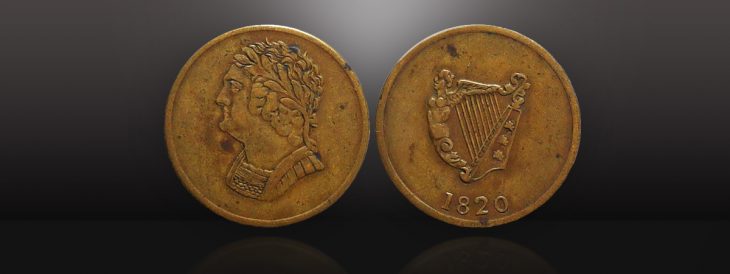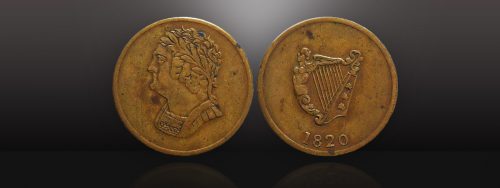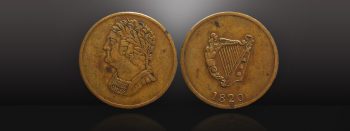Last updated on May 2nd, 2024 at 03:37 pm
Last Updated on May 2, 2024 Posted by Colonial Acres Coins
Ov
er the course of history, there have been numerous succession of banks to be the sole issuers of the country’s official coins. Because of the merging of different places into independent states, the authorities or the government of each have decided to choose primary banks which were allowed to release their official coin denominations.
Examples of these events in Canada trace way back in 1841, when Upper and Lower Canada merged to form what is now the Country of Canada. The Bank of Montreal was then chosen to be the only one to issue copper tokens as it was the bank that held government accounts. It was a short-lived privilege, as the riots forced the rights off Montreal to Toronto. The Upper Bank of Canada in Toronto was then given permission to mint coins. This resulted in half penny and penny copper tokens.
Banks also released tokens to encourage people to invest in them and for patronage. In the U.S., there were copper tokens given in the 1920s for those who opened accounts in banks. This gave their clients some sort of exclusivity and special appreciation. Because of this, bank tokens were considered also as tokens of appreciation from the bank to their clients. In some other times, bank tokens also generated profit to provide for needs or causes of the bank.
Bank tokens have been collected by many collectors as they are also considered medallic strikes because of the beauty of their obverse and reverse designs. Some examples of Canadian bank tokens come way back from the Bank of Montreal even before the Upper and Lower Canada were united. There are the 1837 one and half- pennies, The 1838 1 sou, 1838 one and half-pennies.
Pre-confederation bank tokens were also struck in various mints, including The Royal Mint, Boulton & Watt, Ralph Heaton & Co., Thomas Halliday, William Mossop, Wright & Bale, Belleville Mint (New Jersey), Jean Marie Arnault, and various Blacksmith Mints. Some of these pre-confederation tokens are the 1812 Lower Canada Half Penny Token and 1816 Wellington Half Penny Token. Coin values for these coins depend greatly on supply and demand.
Bank tokens as old as these have become very rare and are most sought after by collectors who have taken interest in bank tokens. Coin collecting covers bank tokens as well, and more coin collectors develop a certain liking to these limited bank tokens. Colonial Acres Coins offers bank tokens and medallions for the collectors who seek them. Their categories inclu
de Upper and Lower Canada bank tokens, as well as coins from the old New Brunswick, Prince Edward Island and Novia Scotia. If bank tokens are your thing, then look no further than Colonial Acres Coins.




